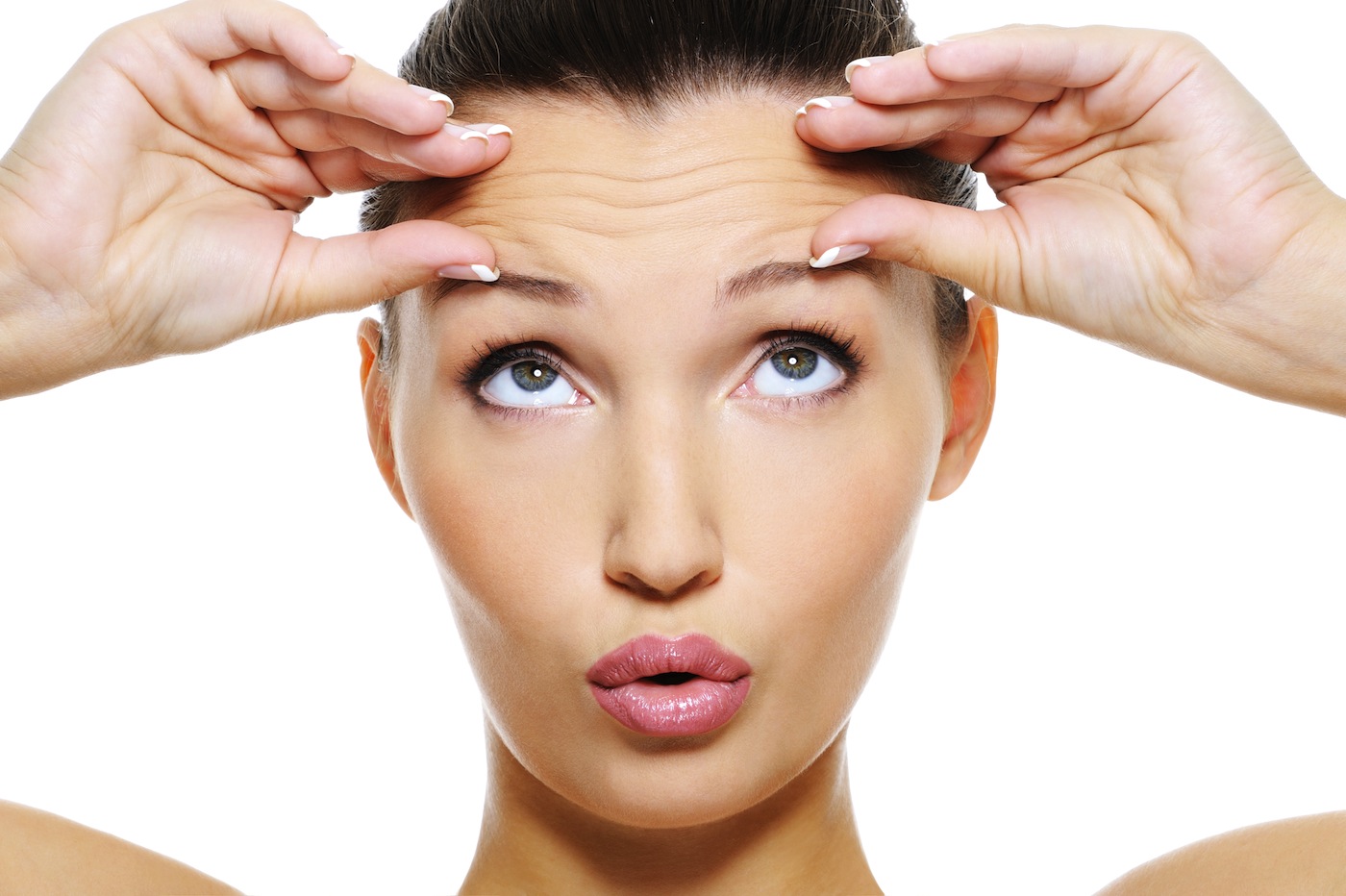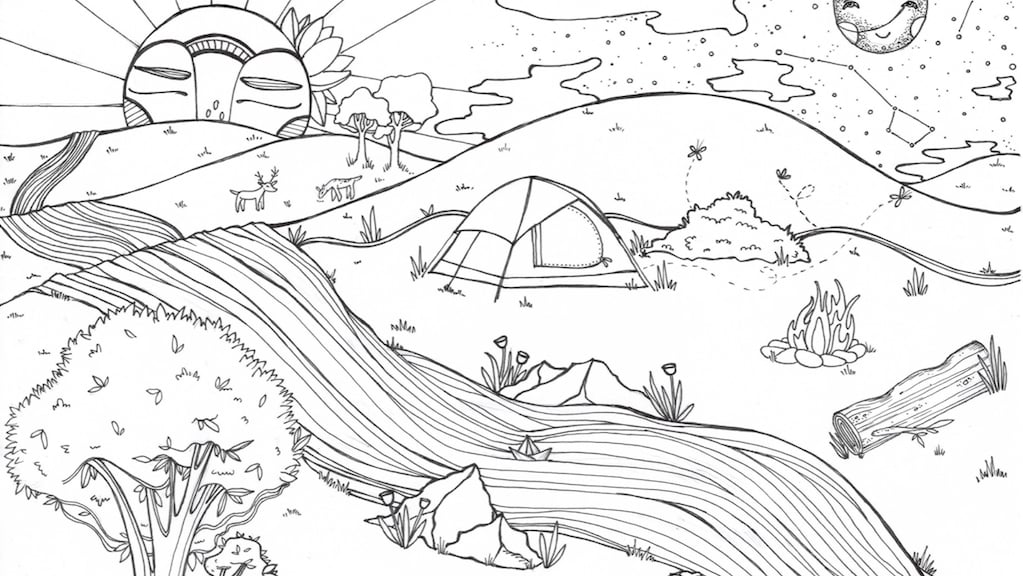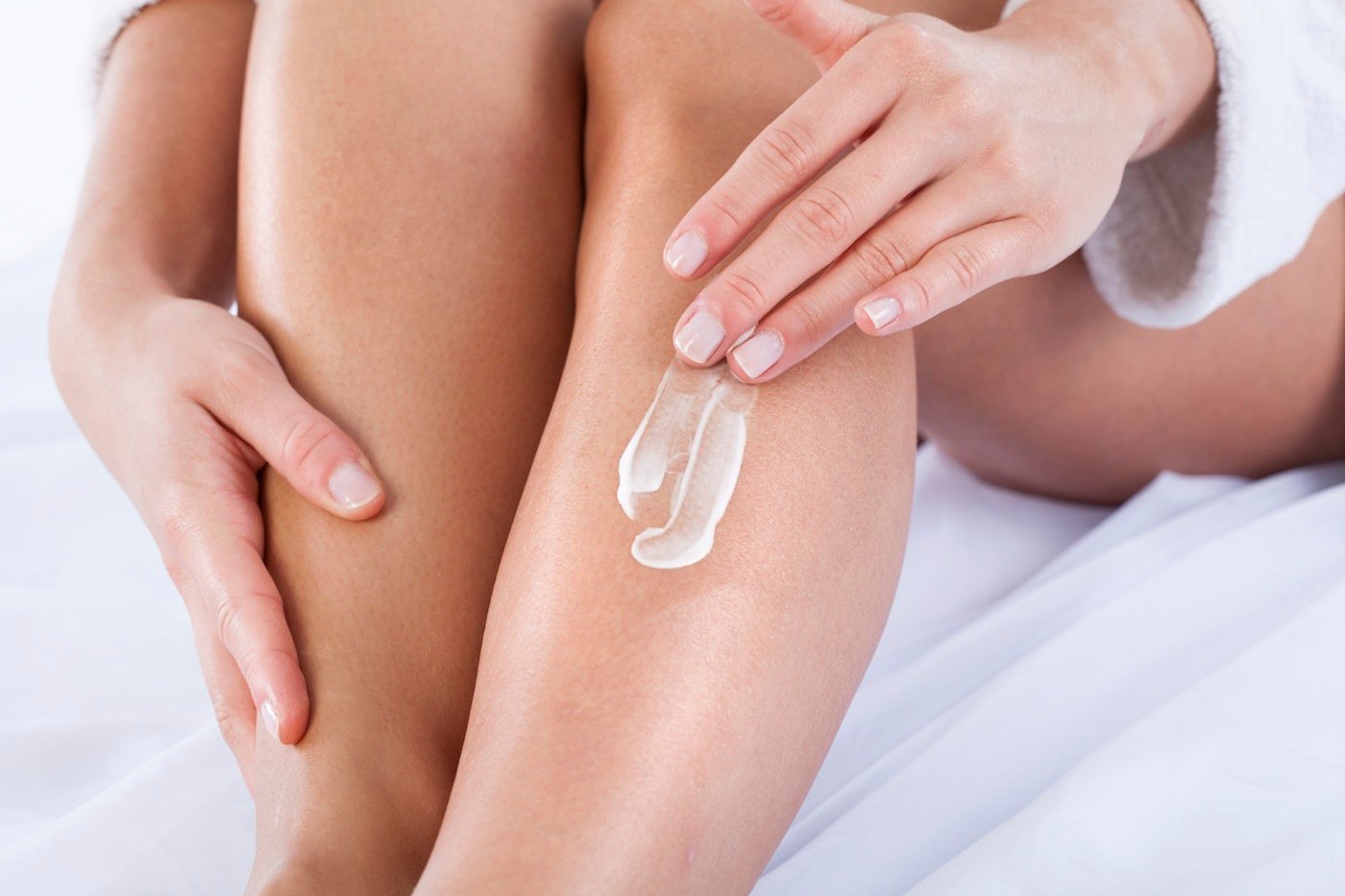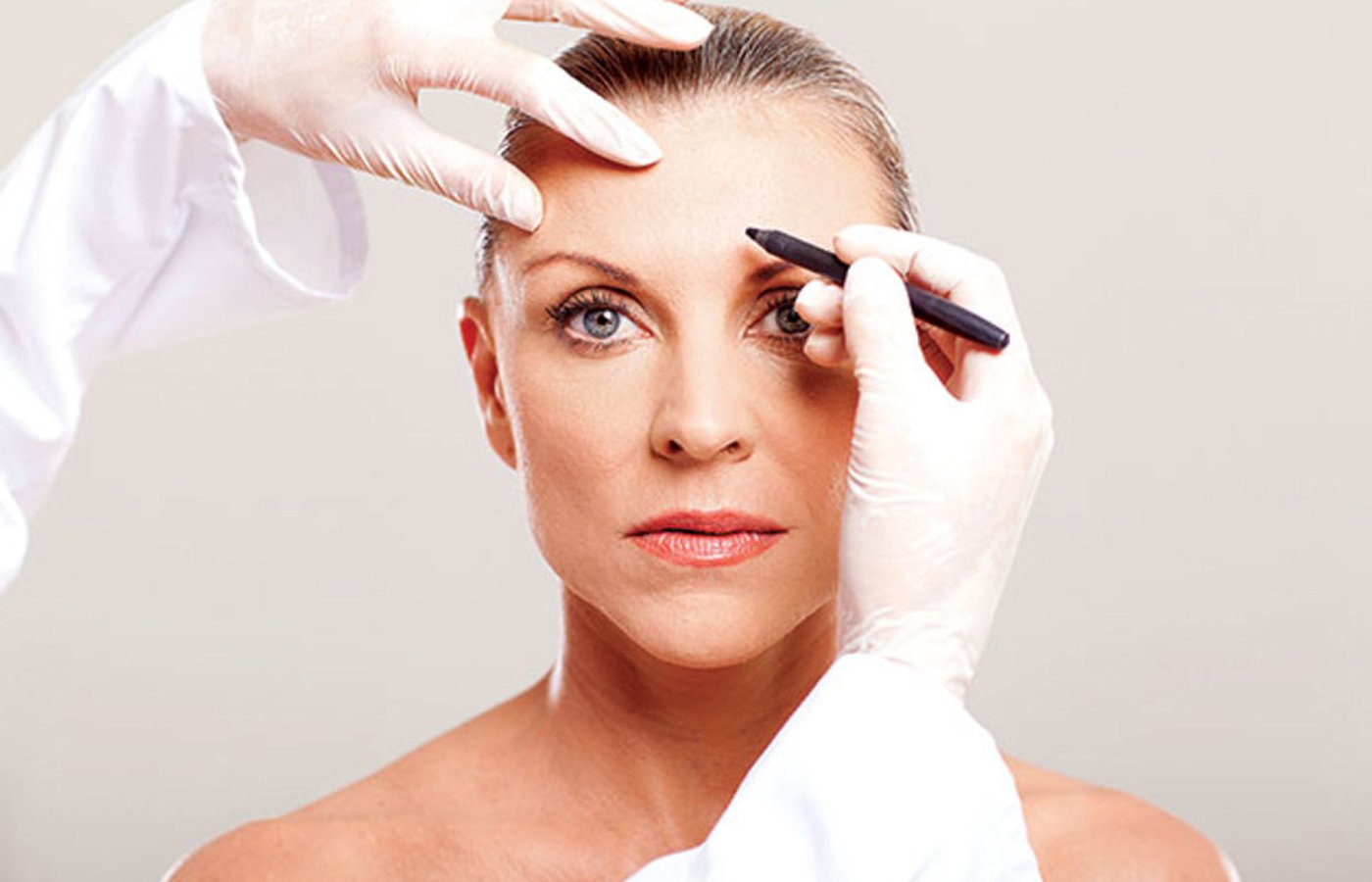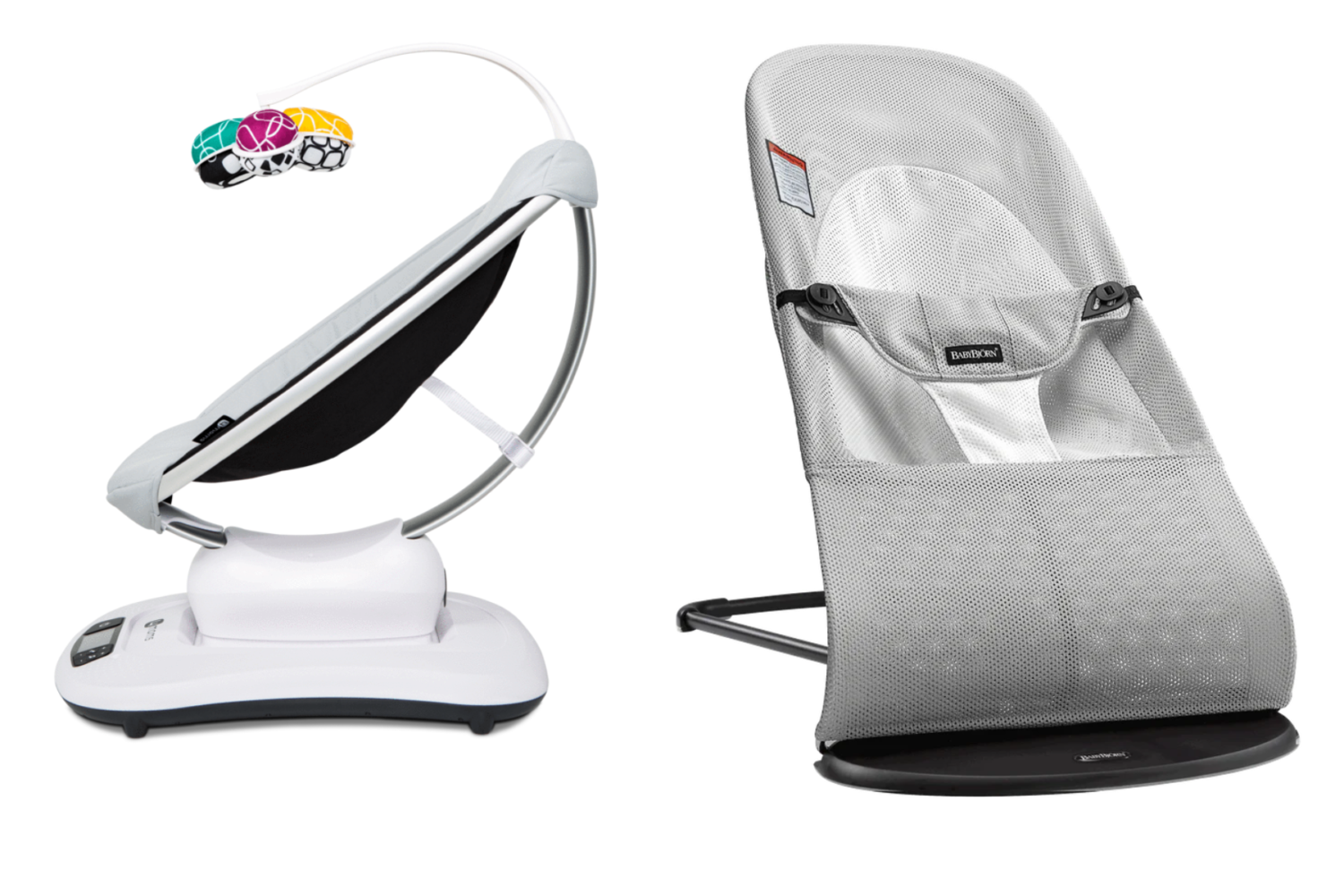It seems to happen overnight. Your skin feels a little dryer, summer freckles and discoloration no longer fade in the fall, and fine lines and wrinkles seen in the morning start to persist throughout the entire day.
The first signs of sun damage and aging will eventually affect us all, but the time to start thinking about skin protection, anti-aging products, and treatments is different for everyone. Most commonly, the earliest signs of aging appear in a woman’s late 30’s or early 40’s, but excessive sun exposure, skin color, smoking, and genetics all factor into how our skin ages.
Even if you’re not overly concerned about wrinkles and the signs of aging, it is still important to protect the skin using broad-spectrum sunblock, hat, sunglasses, and sun-protective clothing to reduce the risk of skin cancer. But if slowing down the skin aging process while protecting your health is your goal, here are a few good tips.
Most important: Reduce sun exposure.
Since the majority of the signs of “aging,” such as wrinkles, brown spots, red spots, and dull skin, are due to sun exposure rather than true aging, the first step in a rejuvenation regimen is a good sun protection plan. In addition to broad-spectrum sunscreen (which covers both UVA and UVB light) at least SPF 30, hats and clothing to cover the skin are a must.
The next step: Anti-aging skin care products.
The number of “anti-wrinkle, anti-aging” creams and products grows exponentially every year. A visit to the local drug or department store can leave your head spinning! With claims that seem too good to be true (“smoothes even deep wrinkles in 2 weeks!”), what is the best way to figure out what will work for you? In general, some of the best, most scientifically-studied, anti-aging ingredients include retinoids, glycolic acids, and anti-oxidants such as vitamin C and idebenone. Doctor-prescribed retinoids (tretinoin, tazarotene) are the strongest, most effective anti-aging products available. However, people with sensitive skin may not be able to tolerate these creams due to prolonged skin irritation and increased facial redness. If sensitivity is an issue, it’s best to have an evaluation and personalized skin care regimen outlined by a dermatologist.
Beyond anti-aging creams: a visit to the doctor’s office.
Once you’ve committed to a good sun protection plan and maximized skin care products, what is the next step to help slow the aging process? The most effective treatments are available at the doctor’s office. The best treatment will depend on the specific issue. Sun spots do well with light or laser treatments and chemical peels. Broken capillaries and facial redness respond to a series of laser treatments. Grooves between the nose and corner of the lips (nasolabial folds) or lip and chin (marionette lines) become less noticeable with dermal fillers such as hyaluronic acid. Wrinkles on the upper third of the face respond beautifully to botulinum toxin (otherwise known at Botox, Dysport or Xeomin). When wrinkles are new, only small amounts of botulinum toxin are needed to deliver a soft, natural-looking result without the overdone “frozen” look.
Bottom line: Start early and maintain.
In my practice, I tell patients the best way to preserve a youthful look is to combine a good sun-protection program, skin care products, and in-office treatments to deliver natural-looking results. When started at the earliest signs of aging, a less-is-more approach to treatments is best. With today’s most advanced products and treatments, there are more options than ever to keep skin fresh and vibrant. Consider the start of a new skin care routine at the earliest signs of aging as an investment in beautiful, youthful-looking skin for years to come.
Dr. Elizabeth Tanzi the co-director of the Washington Institute of Dermatologic Laser Surgery in Washington, DC.

